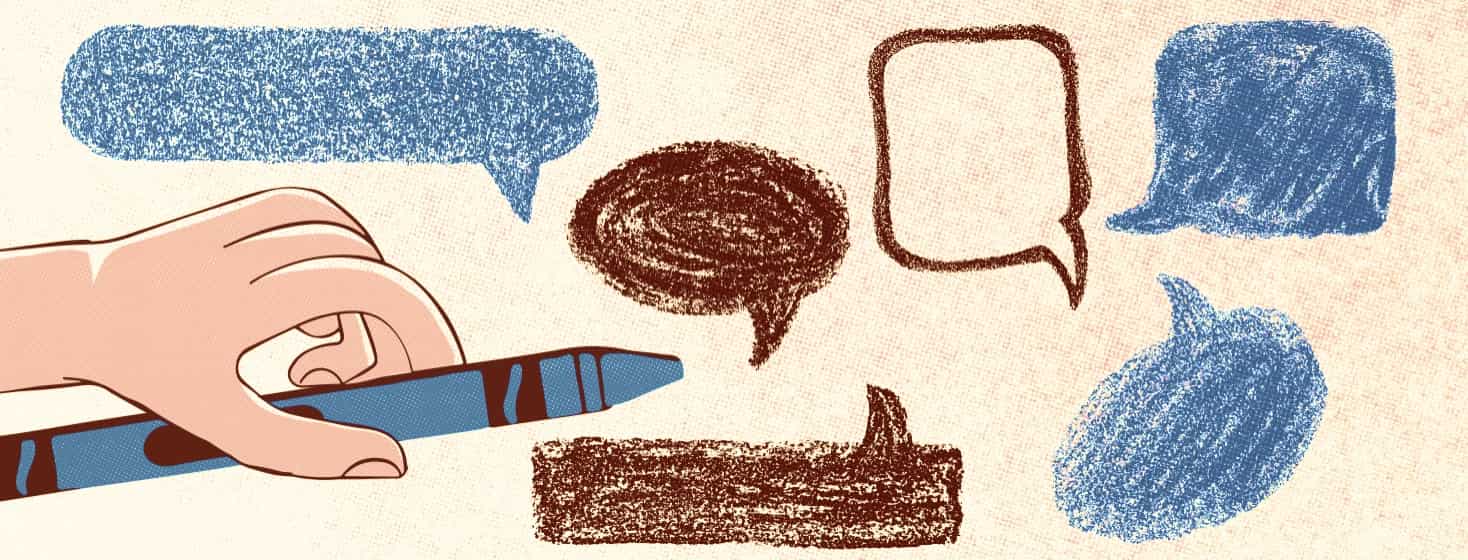Explaining Ankylosing Spondylitis to My Children
Ankylosing spondylitis (and any other chronic illness for that matter) can happen to anyone. It doesn’t care if you’re a new college student or a single working mom of three. It holds no regard for what is going on in your life and how it may impact you and everyone around you.
I never thought this would happen to me
I was a 29-year-old married mom of two when I first started exhibiting symptoms of AS. My life was already pretty chaotic, having two boys (ages 7, 9), one of whom is autistic. I was no stranger to the ups and downs of medical care and specialist visits, but I never thought that I, an active, healthy mom always on the go, would be diagnosed with a lifelong, debilitating disability.
Kids are intuitive
In the beginning, before my diagnosis, my children could definitely tell something wasn’t right with me. I could no longer pick them up or run around outside. I spent the majority of my days in bed. I cried... a lot. I didn’t know what was happening to me, and I could see the same fear I felt in their little eyes every time I fell apart.
I tried to hide my illness
I tried my hardest to pretend I was ok and hide the tears and facial expressions every time pain shot through my body. I called my mom, asking her to fill in for me for school events and carpool pickup. I tried my very best to be who I always was, but after a while, I could no longer hide the physical and emotional impacts AS had on me.
A diagnosis
I remember how elated I felt the day I was diagnosed. Yes, you read that right. Not only was there validation for all the things I had experienced, but I could finally, with confidence, tell my children that I was going to be okay, something I wasn’t able to do before. Although this was a life sentence, this was not a death sentence, and for that, I was thankful.
As soon as I got home from that appointment, I gathered everyone in the living room to talk. I had already texted my husband on the way home with the news but wanted to sit down with my boys and explain it in terms they could understand.
An open and honest conversation
The first thing I told them was that I was not dying. I think I knew in the back of my mind the whole time that I wasn’t, but to them, watching me get sicker by the day and seeing me lose my mobility, they thought the worst. I then explained that yes, I do have a disease, and no, there is no cure, but help was on the way.
I would be starting medication in the next few weeks that should make the pain go away and make me less tired. We went over the symptoms and what exactly was going on with my body. The most important thing I shared with them, though, was that I would be ok, but there were going to be bad days before the good were to come.
Long-awaited relief
I remember seeing the relief in their faces. Even though I couldn’t do all the things I used to do, I was safe, and I was going to be ok, and that was all that mattered to them. I told them if they were ever worried or had questions to come to me so we could talk about it. I made sure they completely understood everything I had said, and we were all able to breathe a sigh of relief that day.
Make sure they know the facts
I know these conversations can be hard, especially with younger children, but I highly encourage you (if you haven’t already, of course) to have an open and honest conversation with your children about your condition. We don’t always know what is going on in those little minds of theirs and making sure they know everything is going to be alright can bring them, and even you, a little peace of mind.

Join the conversation